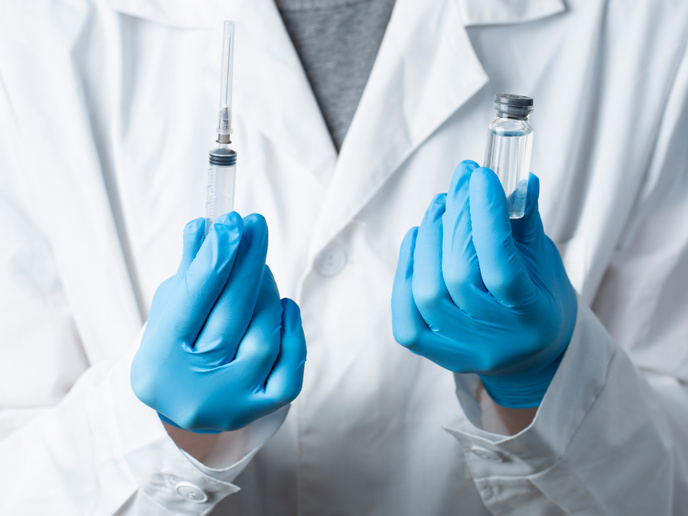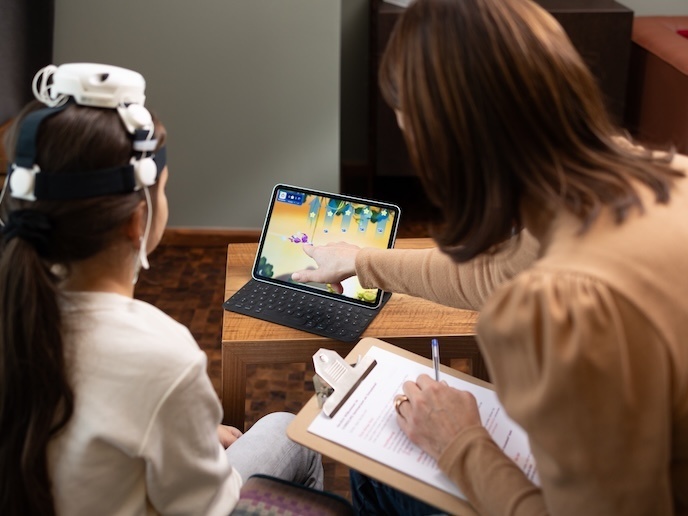Synthetic muscles for robotics and biomedicine
Electroactive polymers (EAPs), one of the many smart materials receiving widespread attention, are polymers that reversibly change size or shape when an electric field is applied and vice versa. Muscles in the body are one of nature’s electroactive devices – in response to voltage changes induced by nerve impulses, muscles contract to move the bones to which they are attached in the desired direction. In fact, EAPs have sometimes been called artificial muscles. Their application as sensors and actuators (devices that activate a response to a sensed signal) particularly in the field of robotics is common. Ionic polymer-metal composites (IPMCs) are a type of EAP with tremendous potential for actuator/sensor devices in the fields of robotics, biomedicine, safety and aeronautical engineering. Compared to other smart materials with similar capabilities, they are lighter, more efficient and do not use toxic substances. However, their potential has not yet been exploited due to a lack of understanding of the fundamental mechanisms of action. In order to study IPMCs both experimentally and theoretically, European researchers initiated the ‘Ionic polymer-metal composite as sensor and actuator: application in motion control’ (Isamco) project. Investigators employed the Matlab modelling platform to design individual IPMC sensor and actuator components. They also produced prototypes of a motion sensor and of an artificial muscle as well as integrated sensor-actuator devices. Throughout the project, extensive bilateral knowledge sharing occurred via overseas collaborations with Canada, China, Japan and the United States. Such activities supported not only research objectives but also global standardisation recommendations regarding data protocols. In addition, they highlighted the lagging position of Europe behind America and Asia and the need for focused funding of related work.Isamco innovations should facilitate more widespread use of IPMCs in roles exquisitely tuned to their biomimetic (imitating nature) capabilities such as those related to robotics and biomedicine.







